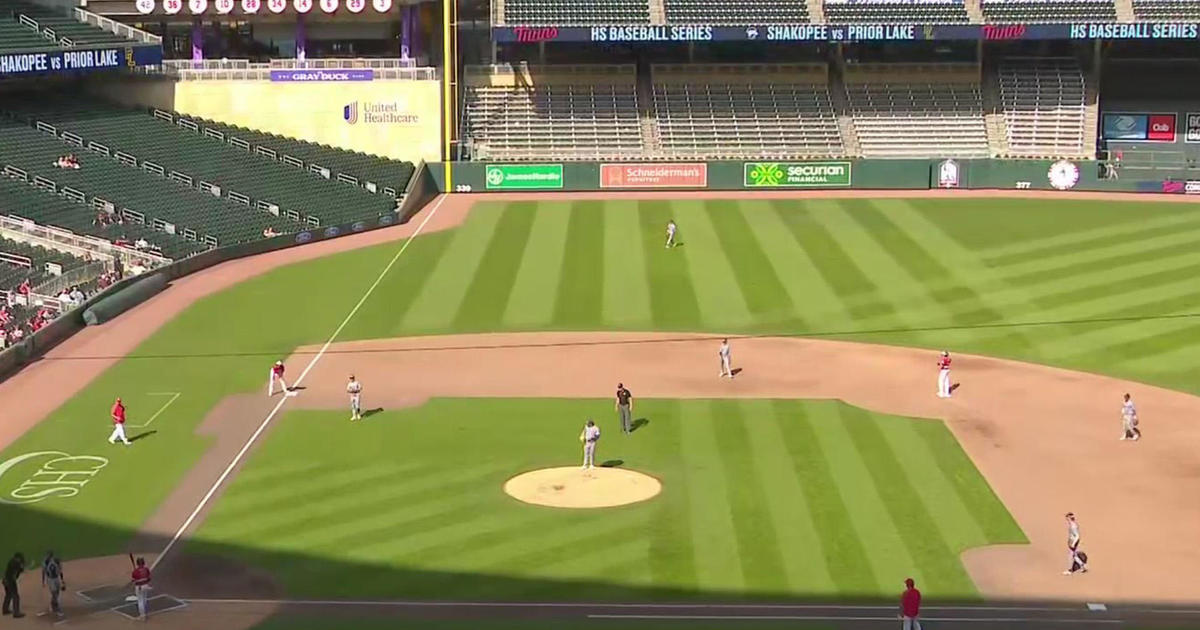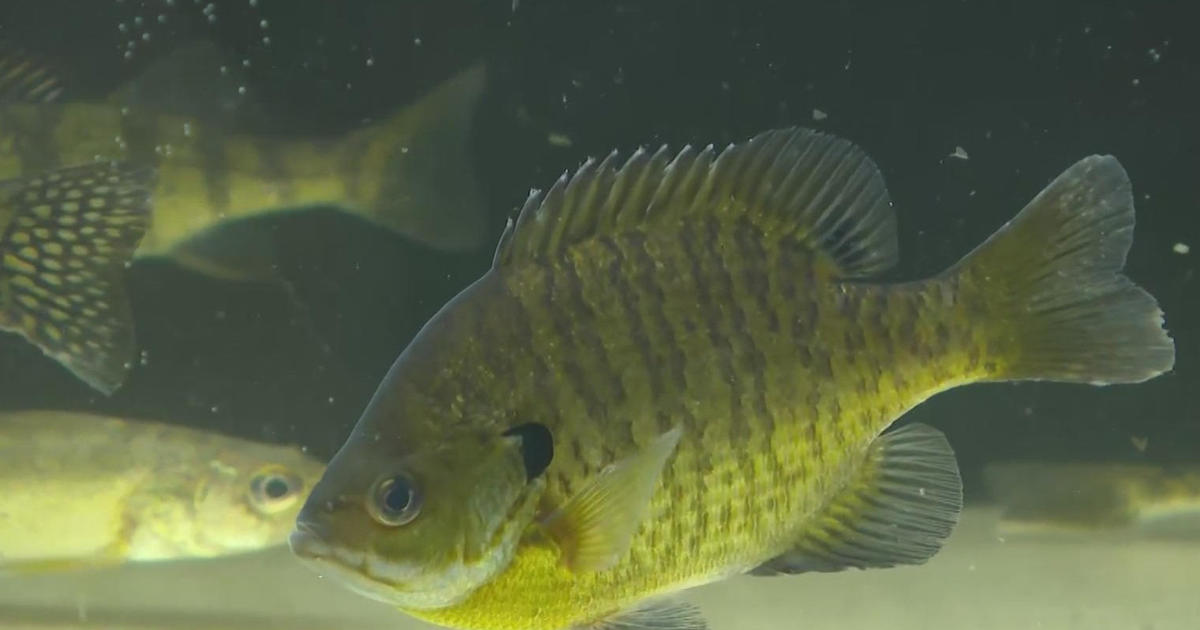Consistent Heat, Drought Leads To Algae Overgrowth & Low Water Levels In Minnesota Lakes
MINNEAPOLIS (WCCO) -- You may have noticed a lot of lakes are looking green these days rather than blue. That's because there's been an overgrowth of algae on many Minnesota lakes.
Pam Anderson with the Minnesota Pollution Control Agency says this algae overgrowth is a direct result of heat and no rain for several weeks in Minnesota.
"This is a pretty early jump start to our algae season. We normally don't see this until we get closer into July and August," Anderson said. "I think it's just going to be a very long summer. If we stay hot and dry like we are, it's going to be very persistent well into the later months."
Lake Harriet's southeast beach is a popular spot to take a dip, but this year people are seeing the algae heavily encompass their swimming hole. Rhea Peter, who went swimming Thursday afternoon, not only noticed the overgrowth of algae, but was surprised by how warm the lake is right now.
"It was like room-temperature warm water. I could hardly even feel a difference going into it," Peter said.
Anderson says they were tracking lake temperatures reach 70 degrees in early June, when lakes still should be spring-melt temperatures.
The MPCA is also already getting reports of blue-green algae, which looks like lime-green Jell-O or spilled paint. This type of algae is toxic to pets.
"People are going to need to be on the lookout, make sure you're rinsing off your kids and pets after they're playing in the water," Anderson said.
The algae overgrowth is also making it tough on sailors, according to Joseph Lund, who leads the Lake Harriet Sailing School.
"My sailors out here, even the instructors, are getting caught up in the weeds a bunch, so at least two to three times a day I'm having to drive the motor boat out there and kind of clear them out," Lund said.
He says he also noticed the lake is a foot shallower than normal because of this long stretch of no rain, which is also contributing to the algae and milfoil growth.
"There's some years where it's only a foot below the retaining wall, and right now … all the rebar is even exposed," Lund said. "Good time for concrete work [laughs]!"
You can prevent more algae growth by raking up your grass clippings and picking up after your pets.




